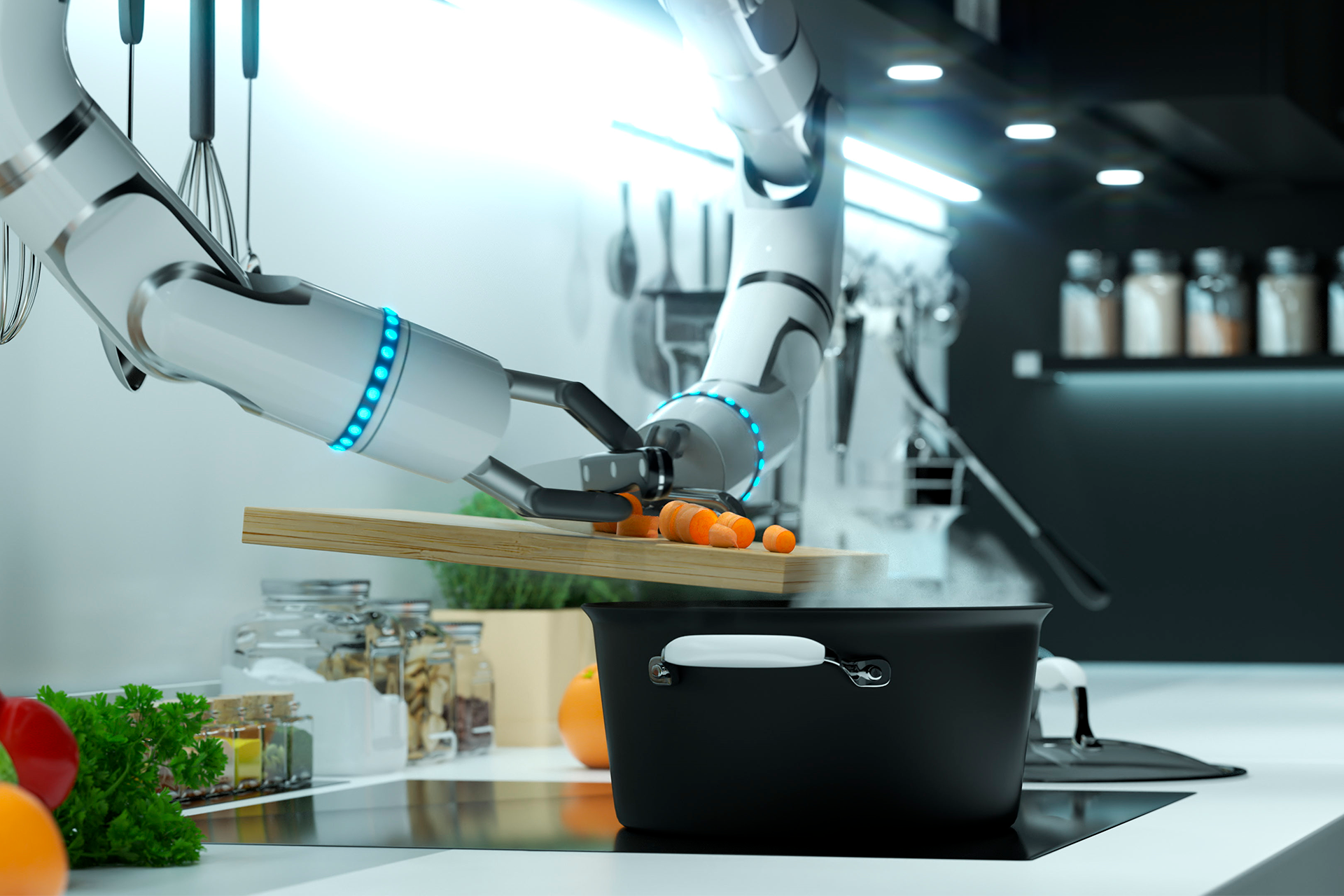How AI is Coming to the Rescue of the Restaurant Industry
Artificial Intelligence (AI) is a technology that truly is transforming every walk of life, including the restaurant industry. As sales begin to rebuild, post-pandemic, hungry consumers are seeking more efficient and seamless engagements within their dining establishments, putting pressure on operators to seek solutions and implement new technologies. Critical to the process of building strategies to engage is the ability to take large inputs of data and be able to apply Artificial intelligence is a critical component for many brands looking to improve the customer experience and drive loyalist behaviors. The true benefits of artificial intelligence in the restaurant industry are yet to be seen but will extend beyond robots that take orders, produce and deliver food. AI will help restaurant owners make good use of incredibly large amounts of data and in the end, fundamentally improve the dining experience.
Let’s take a look at how AI is already being used in the restaurant industry and how it will shape our future dining experiences.

How is AI Already Being Used By Restaurants?
There are four main ways restaurants are harnessing AI to improve the customer experience:
- Chatbots – Used to receive online orders and answers to questions;
- Kiosks – allows you to quickly order food without communicating with employees;
- Works – Used for cooking, receiving, and delivering food;
- Recommendation systems – Using the history of interaction, predict the order of the client.
Most people are already familiar with the capabilities of chatbots, so we’ll move on to how kiosks work.
You may have seen them in pizzerias and fast-food restaurants. They look like large touch screens with an interactive menu. With these touch screens, customers can make and pay for orders. Sophisticated kiosks can be taught to recognize customers and complemented by a system of recommendations.
Recommendation systems can predict the orders of visitors. By analyzing data about the appearance, mood, age of the buyer, his past purchases, and preferences, the system can predict their dining wishes. It can also store the order history and the “favorite order” template in the customer’s profile.
Something new in the restaurant business is robots. Their possibilities are endless. Here are some examples of real robots in restaurants.
How Are Robots Used to Complement Human Workers?
As mentioned earlier, robots are starting to be used more and more by restaurants to keep up with customer demands, keep costs under control, and improve the overall dining experience. Here are some of the most interesting examples of robots being used in restaurants:
- Spyce – Spyce’s new food robot makes both salads and warm bowl food and holds 49 separate recipes. Serving dishes are placed on a conveyor belt that runs underneath the dispensers, which automatically portion out the proper ingredients for each dish. Food is ordered either through the Spyce mobile app or via in-store kiosks. The new menus feature real-time customization to meet dietary preferences such as keto or vegan, as well as eight different allergen requirements like gluten-free.
- Flippy – The world’s first stand-alone robotic kitchen helper Flippy. It works as a grill cook and integrates with the restaurant’s internal systems. Can learn through the cloud and acquire new skills from his environment.
- Denny’s – Denny’s uses a robot developed by Bear Robotics that delivers food from the kitchen to the customers’ table. This is very useful for a restaurant like Denny’s since they are open 24 hours a day and it can help them eliminate staffing shortages.
How is AI Robots Able to Perform All of These Tasks?
All of the robots mentioned above and many others like them require large amounts of data annotation to perform the needed tasks with accuracy. For example, let’s take a look at the Flippy robot. Since this robot will need to flip hamburgers, put the cooked food in the holding era, initial handling of the uncooked foodstuff, and many other tasks that a human cook would do. Therefore, it needs to be able to distinguish the burger patties from the french fries, it needs to accurately place the spatula under the burger to flip it, and many other things.
This is where data annotation will be crucial to ensure accuracy. Human data annotations would need to label many different images of burger patties and other food items so the system can recognize them. Video data annotation would also be necessary since the robot needs to move various food items from one place to another. This would include event tracking, classification/categorization, and many other types of data annotation.
Trust Mindy Support With All of Your Data Annotation Needs
Creating AI technologies that correctly identify real-world objects and perfect their jobs with a high level of accuracy requires significant data annotation. However, such work is very time tedious and time-consuming, which is why a lot of companies choose to outsource these tasks to Mindy Support. We are the largest data annotation company in Eastern Europe with more than 2,000 employees in eight locations all over Ukraine and in other geographies globally. Contact us today to learn more about how we can help you.





